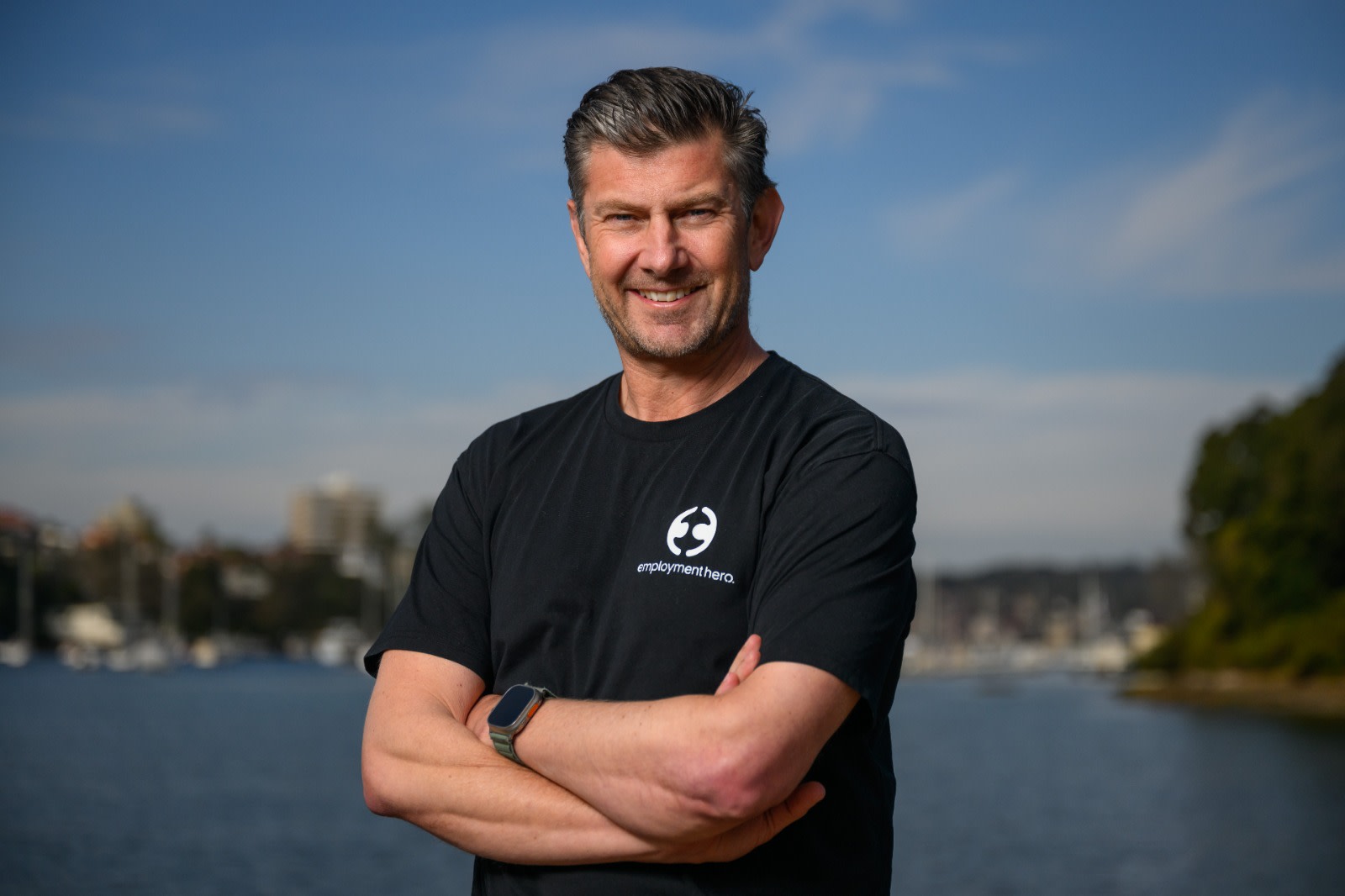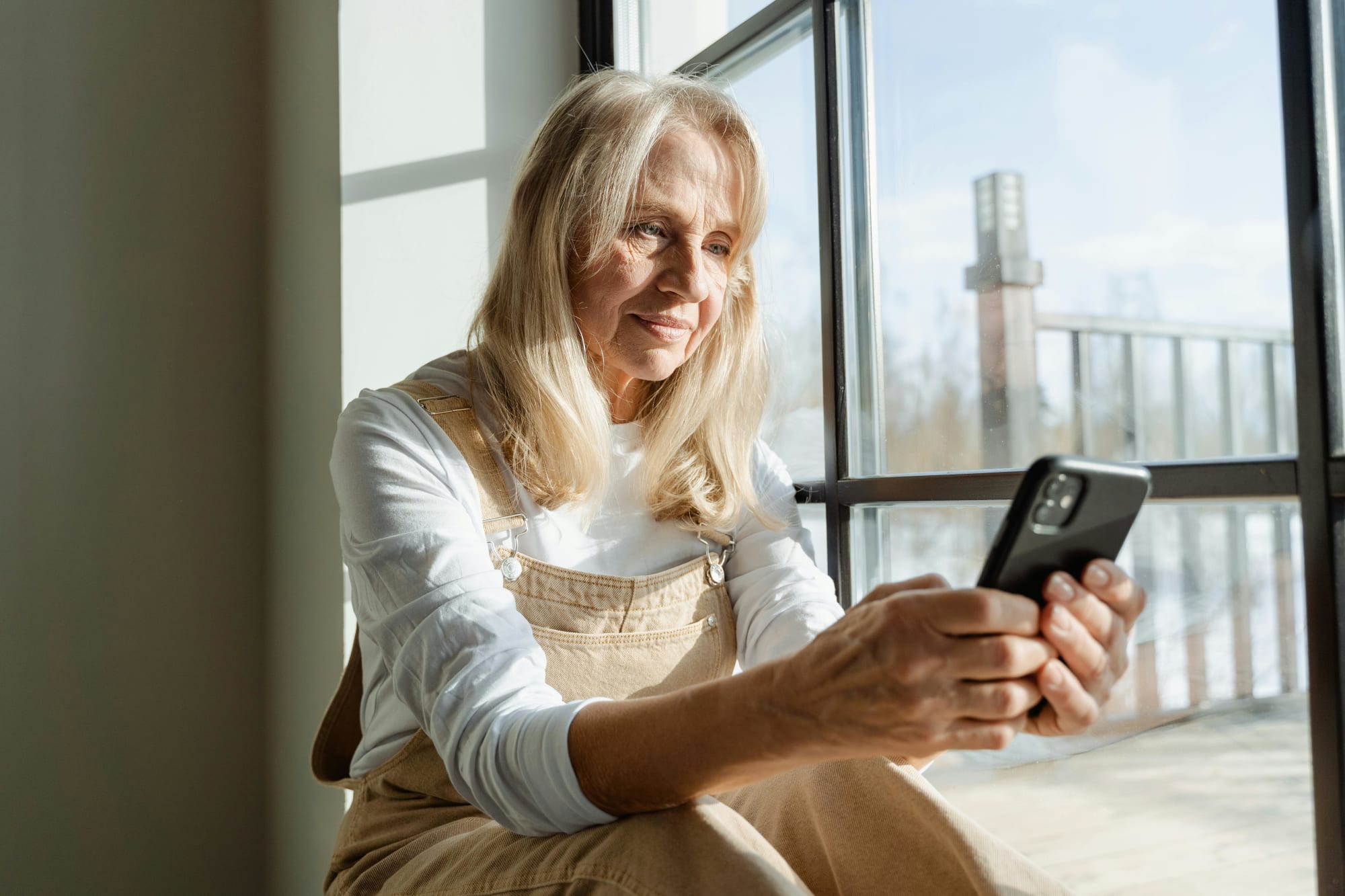Is it time to stop work and start SKIING?
Baby Boomers work hard and play hard. Unlike the previous generation, Australians born between 1946 and 1964 are energetic, well-travelled and show no signs of slowing down. To this demographic, retirement is a dirty word; they are looking forward to stopping work and continuing the lifestyle they enjoy, but with more time to do the things they love.
Unfortunately, the Baby Boomer story isn’t all champagne and river cruises. It is an understatement to say that those looking to stop working full time over the next five to ten years are facing an increasingly difficult economic environment. Indeed, the current low interest rate environment exacerbates the perennial question: how much capital is needed to enjoy life after work?
The magic stop work figure
According to the Association of Superannuation Funds of Australia (ASFA) the magic figure needed to retire ‘comfortably’ is $640,000 for a couple and $545,000 for a single person.[1]
The ASFA Retirement Standard defines a comfortable retirement lifestyle as enabling “an older, healthy retiree to be involved in a broad range of leisure and recreational activities and to have a good standard of living through the purchase of such things as: household goods, private health insurance, a reasonable car, good clothes, a range of electronic equipment, and domestic and occasionally international holiday travel[1].”
The Standard assumes that the individuals own their own home outright and are relatively healthy. It also states that it takes into account all elements of the lifestyle desired, not just the basics of groceries and medical expenses, but the extras that make life enjoyable.
So far, this definition sounds reasonable. However, the Retirement Standard goes further, and benchmarks a comfortable standard of living by providing detailed budgets of what singles and couples need to spend to support their chosen lifestyle.
Monthly budget
|
EXPENDITURE |
COUPLES |
SINGLE FEMALE |
|
Housing (including insurance, rates and home improvements) |
$99.06 |
$70.78 |
|
Electricity and Gas |
$56.39 |
$41.58 |
|
Groceries |
$198.71 |
$110.39 |
|
Communications (including home phone, mobile and broadband) |
$30.11 |
$23.65 |
|
Household goods and services (including cosmetics, hairdressing, newspapers, appliances, cleaning and pest control) |
$89.28 |
$76.22 |
|
Clothing and footwear |
$56.20 |
$37.47 |
|
Transport |
$137.12 |
$134.56 |
|
Health (including insurance, chemist and out-of-pocket expenses |
$151.33 |
$85.75 |
|
Leisure (including holidays, eating out, movies, alcohol and sundries) |
$311.82 |
$227.54 |
|
Gifts |
$0.00 |
$0.00 |
Source: ASFA Retirement Standard, March quarter 2016
Comfort or compromise?
When you take a close look at ASFA’s Retirement Standard budget you will discover it has no allowance for gifts and just $37.26 to $54.90 dedicated to overseas holidays. For many Baby Boomers the thin $61.18 – $81.89 weekly allowance for lunches and dinners out is even more sobering – especially when considering that this includes the wine bill. For those eyeing off the opportunity to stop working full time in order to do more of the things they love, ASFA Retirement figures may sound more like compromise than comfort.
Yield – increasing the pressure on post-work incomes
The current historically low RBA cash rate of 1.5%, combined with speculation that there may be even more official rate cuts, has helped drive the benchmark 10-year Australian government bond yield to less than 2%, its lowest level in 141 years. This is placing increasing pressure on Baby Boomers who need more capital to enjoy even a conservative post-work lifestyle.
Based on the current low interest rate environment, individuals counting on safely funding a retirement based on ASFA’s definition of comfortable, now need at least $800,000 compared to the current recommendation of $640,000.
That figure – which has risen dramatically as bond yields and equity returns have fallen – is also significantly higher than the $550,000 that was required during the 2000s when annuities provided an 8% yield.[2]
This has left Baby Boomers looking at retiring over the next five to ten years with two options: curb their current lifestyle, or dramatically increase their investment in higher yield investments.
Balancing the need for yield with security
When it comes to funding life after full time employment, the size of the bank balance does matter, and the returns delivered via standard industry or Self-Managed Super Funds (SMSFs) may not be enough to fund even a modest definition of financially ‘comfortable’.
Investors need to understand the level and types of risks involved in various financial products and identify what they feel comfortable with. Managing Director of Trilogy Funds Management, Philip Ryan says there needs to be a measured discussion around risk and reward. He further explains that smart strategies for investing are paramount for those who want to be financially relaxed and flexible in their discretionary spending.
“Investors can no longer sit back and expect the market to work in their favour. If they wish to achieve the same results as just ten years ago they need to actively manage their investments, or find a financial adviser or fund manager to do this on their behalf,” said Mr Ryan.
Balancing risk vs reward
When you evaluate investments that appear to pay more, you should approach them like Sherlock Holmes – with a degree of Scepticism.
Doing your detective work means knowing how the high yield investment generates its returns and the factors that cause those returns to go up or down. Consider buying only after you understand these factors, including the operating conditions, industry competitors, and overall economic conditions.
To survive, or better still, to thrive
Australians are living longer, males have an average life expectancy of 84.2 years and females 87.1 years. It pays to consider the costs you may experience later on in life. As the old proverb states, “A failure to plan is a plan to fail” and ASIC indicates only 22% of Australians have a long-term savings plan. If you are one of the 88% of Australians without a long-term savings plan – how can you plan to thrive?
IMPORTANT: While every effort is made to provide accurate and complete information, Trilogy Funds Management Limited does not warrant or represent that the information in this article is free from errors or omissions or is suitable for your intended use. Subject to any terms implied by law and which cannot be excluded, Trilogy Funds Management Limited accepts no responsibility for any loss, damage, cost or expense (whether direct or indirect) incurred by you as a result of any error, omissions or misrepresentation in information.
[1] http://www.afr.com/markets/market-data/bonds/murray-says-retirees-to-suffer-as-10year-bond-yield-hits-lowest-since-1875-20160516-gowgsh
[2] http://www.afr.com/markets/market-data/bonds/murray-says-retirees-to-suffer-as-10year-bond-yield-hits-lowest-since-1875-20160516-gowgsh










